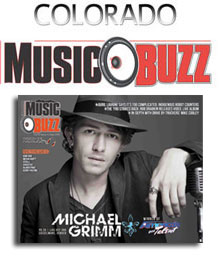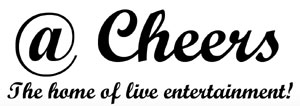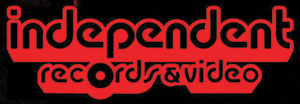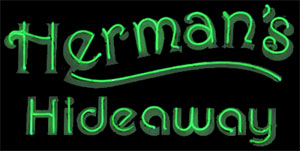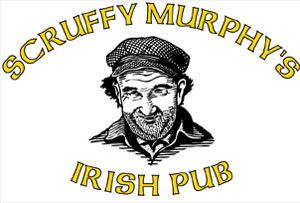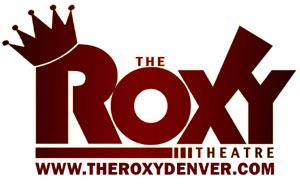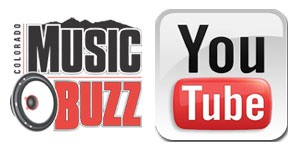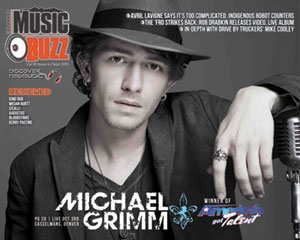The Manager’s Corner- August
by Chris Daniels
I’ve managed my own band for 30 years and I’m in the Colorado Music Hall of Fame. While all that’s nice, today’s music business is changing at light-speed and you have to know what’s going on. Careers are still built on some tried and true elements: great music, performance and timing. But today’s artists must work harder than ever before to succeed. And we have new tools to help young musicians grow their fan base. The book I wrote for my class at CU Denver on artist management is called “DIY: You’re Not in it Alone.” While you are ultimately responsible for your own career, these days there is help out there.
Vinyl. The LP is back baby! But there is a lot of hype and misinformation about it. There are also serious technical, financial, and thematic considerations. In order to help young bands contemplating this step let me give you the basics.
First a little fast history. When talking about physical sales figures, CDs replaced cassettes as the dominant music delivery system in about 1989 after being introduced by Sony in 1982. Cassettes replaced vinyl about 10 years earlier. My band, Chris Daniels & The Kings, was the first Colorado-band to put out a CD in 1986. Back then our record came out in all three formats – CD, cassette and LP. By adding the “new” medium of the time (the CD) we got a big bump in sales and much better radio airplay. In 2014 we are hoping for the same sales bump by including vinyl but there are some real differences. First, it’s an old technology that is complicated and pricy. Second, radio and internet is not going back to analogue. Where vinyl is essential is that it really helps with your recorded music revenue stream. In a phone interview with Paul Epstein from Twist & Shout Records on Colfax Ave. in Denver he said, “This year vinyl has really come into its own and it’s almost more important for a band to do vinyl than it is to do a CD…almost.” SoundScan has vinyl sales up 40% over last year.
There is also a myth that the vinyl LP sounds “better” than the CD. That is really a matter of taste. The facts are that CDs have greater dynamic range and clarity but they are digital – and some people don’t like that clarity – it feels brittle. CDs are not subject to the various distortions inherent in the LP format. For example, LPs are susceptible to “inner groove distortion.” That’s when a mastering engineer does not deal with the tendency for the inner grooves (songs closest to the center of the record) to distort because of the pressures and the speed of the needle traveling through those inner grooves. You hear people say, “I just love the sound of vinyl because it is so warm and not distorted.” The warmth actually comes from the imperfections, compression and minute playback distortion from a needle in grooves. Don’t get me wrong, I love the sound of vinyl but it is like an old analogue fender tube-amp, it’s the imperfections that make it sound great – perfect can sound brittle. Our label will press vinyl for our new album, “Survivors” coming out later this fall. Why – because it is a great sounding old medium that young and old are ‘Columbusing’ and – it increases the revenue streams for the artist. As far as radio, it is a computer-based industry and they are not going back. So no bump there. As far as the technology, it brings back a number of old issues that are essential to understand about vinyl.
Here are some technical and “programing” considerations to make when pressing vinyl. First, unlike a CD where you have 74 minutes (or more) of programming in a linear fashion, vinyl has less “program” time. The CD was designed using the length of Beethoven’s 9th Symphony. With a CD, you simply line up your 15 or 18 songs in the order you like – no consideration about the A & B sides. Vinyl has limited ‘side time’ (between 22 and 26 minutes per side.) And it has to be flipped over (obviously) so there are different song choices. The question you ask yourself: which great song do we hold off Side A to use for the first cut on Side B – or better – what CD songs go on the LP – in what order and spacing. Cut 1 side B is important. There are a number of “B-side” hits over the years including The Rolling Stones’ “Let’s Spend The Night Together.”
Technical issues start with mastering. CD song-order may change to fit on your vinyl. You can’t ‘brick-wall’ your mastering levels like CDs and get away with it – you will bounce your needle out of the inner grooves or it will distort. You need to master FOR vinyl and check the “test pressing.” It’s a very specific skill-set and few mastering labs understand it. I like mastering for vinyl because I’m not a fan of brick-walling and you work with the dynamics of each song.
There are different qualities, sizes and colors for vinyl. There is standard weight, 150 gram and the audiophile weight of180 grams. According to Paul at Twist & Shout, “Some bands are even doing 200 gram vinyl or more, it’s all part of the extras you choose to give the music fan. But it costs more. Pretty much these days 150 is the new minimum.” There are different sizes- 7 inch, 12 inch and there are different colors for the vinyl itself plus labels and sleeves – not to mention the cover and whether you are doing a single or double album look, (called a “gatefold” – used even if you don’t have two discs) to give the music fan more value for their investment in your record. Paul suggests that you consider making your “tour vinyl” different from your “retail” vinyl. Obvious things like signing it – but some go much farther like rainbow vinyl for the tour.
Retail: great stores like Albums on the Hill in Boulder, Twist & Shout in Denver, Wax Trax, Bart’s Music Shack all love the rise of the LP. They are glad to work with you on selling your album at their stores. Stores typically sell your vinyl album for $14.99 and as high as $24.99 depending on a number of different extras you include for the music fan. Again Paul from Twist & Shout said, “It’s all in the ‘value added’ – at a minimum you have to include a download card – and some records like the new Dave and Phil Alvin record are going for $23.99 and have a download card and a CD included in the package.” For a standard “European design” which is an album design that Disc Makers features with no “jacket spine” called an envelope cover (no gatefold) with download card, a retail store will sell it for about $15 and the artist will get $9 to $10.
On tour most bands are getting in the $20 range for that same vinyl for two basic reasons (a) it’s usually signed and (b) music lovers just saw the show and really want something cool from it. There are some interesting facts to understand about selling vinyl at shows. In stores people are buying the LP because they love the music and they are a fan of the vinyl-medium and they have a player and system to support it. Preliminary figures for LP sales for touring bands at venues, festivals and shows indicate that between 15% and 30% of fans that buy vinyl don’t actually have a record player!
What to press: The average merch booth gets about 10% of the fans at any given show. That means that if you play to 200 people you will be doing really well if you sell SOMETHING to 20 fans. These are big general numbers and you should look closely at your own merch sales to make a better determination as to what you’re really selling when it comes to your CDs compared to “soft merch” like t-shirts. If your average audience size is 500 people and you play 60 shows in a summer that means that you can sell between 2,500 and 3,000 units of something during your summer touring. That is actually very high because what you are really looking at is 2,500 customers at your merch booth buying something – that may or may not be your new vinyl album…they might just want a free sticker. Be conservative when estimating your sales and revenue.
There are a number of plants and most have good online cost calculators. Small companies like Bill Smith will do runs of as little as 100-minimum but the standard at places like Rainbows or United in Nashville is 300-minimum. The cost varies depending on the album weight, colors and how you want it packaged. You can figure on an average of approximately $3 per unit cost total for a 12 inch 150 gram black vinyl disc with white sleeve and full color label, though some do it for less. Additional costs can be for shrink-wrap and the insertion of a download card (this is a ‘must’ and will increase your merch sales and only costs $18 at United plus the 56 cents average per download card).
Time: vinyl takes time! You can figure on about 55 days from test pressing approval to delivery so understand that it is going to take you 2 months to get your records…and that depends upon when they can schedule your “run.” At various times they are swamped – the ramp up to Christmas is happening RIGHT NOW! So your 55 days might be 90 days.
Last but not least, this article is just the tip of the iceberg when it comes to pressing vinyl. DO YOUR RESEARCH! There are good vinyl and CD mastering companies in Colorado. Ask questions. Look at your gig schedule and your online sales carefully to see if you can sell the units you think you can. Do the math. This is a great new/old medium and sales of LPs are increasing nationally. The numbers may be there for you to justify considering this step. But don’t just do it as a ‘vanity move.’ Better to put the money into marketing your release than blow it on albums that will sit in boxes in your band storage locker or rehearsal hall. Be realistic and if the numbers add up and you have the fan base to support it, I recommend having it as part of your physical sales. Vinyl is more complicated, expensive and problematic than the CD or download – but audiophiles and regular consumers alike have rediscovered the LP.
Category: Shop Talk
